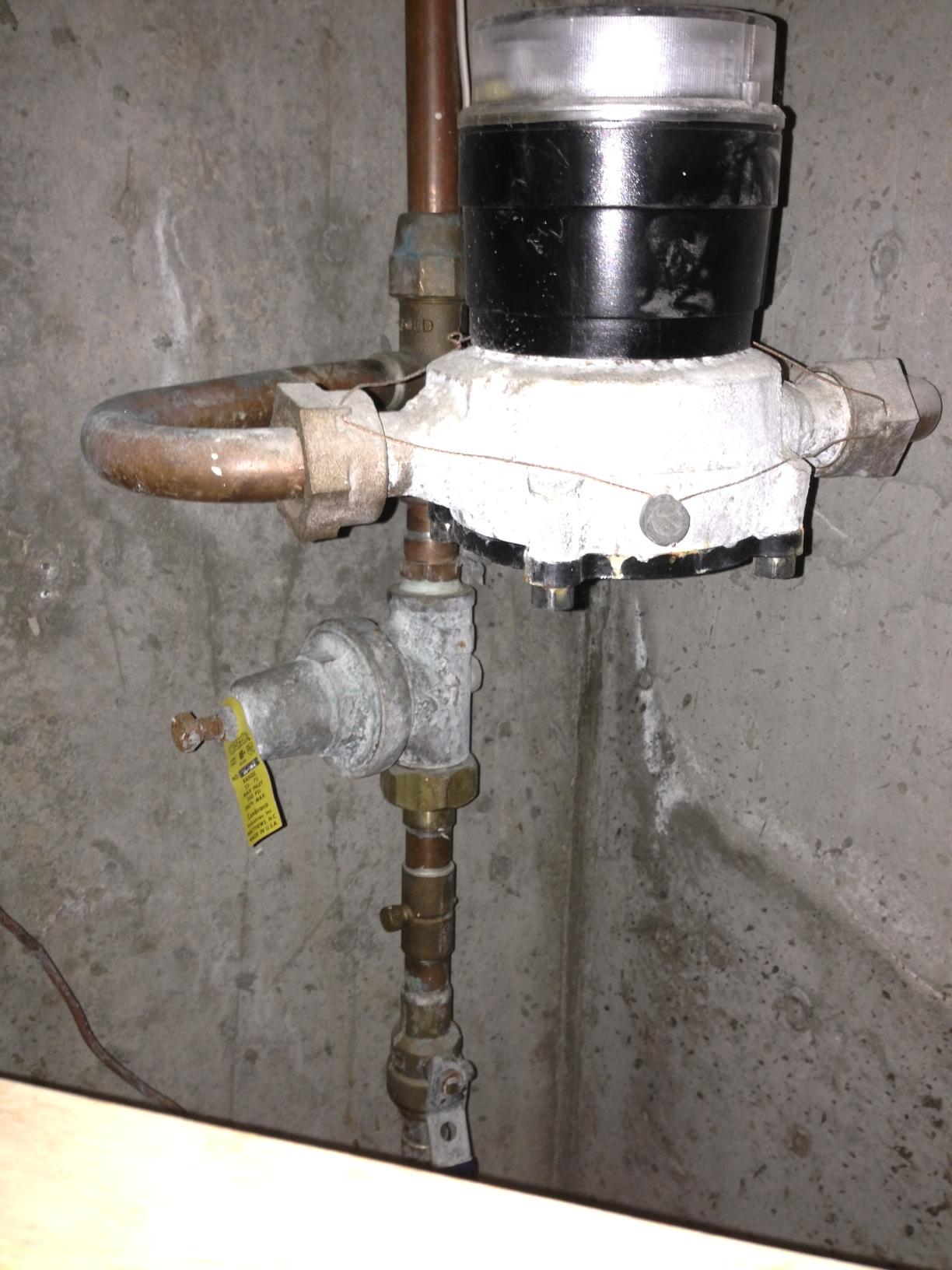Some of my taps were dripping slightly and it was recommended that I test the water pressure. After a few tests the pressure is 140 PSI in the house, which I understand is extremely high and I have been advised that the water pressure reducing valve (WPRV) needs to be replaced. I am not a plumber, but have sweated a number of joins in the past and can fix most basic things. However, after looking at where the valve is positioned I'm a little nervous to attempt this kind of repair. It seems relatively straightforward, but the risk of failure could be great (and expensive) if things go wrong.
First of all, would it be confirmed that the valve is toast? Are there any adjustments that can be made - perhaps it is just the settings? Or am I dreaming?
The valve is immediately below the water meter (see pic) and is threaded directly onto the pipe. The issue is that the valve is against a wall, so I can't (seemingly) turn the valve to unscrew it. Can the top of the valve (the bell shape) be removed and replaced, or should the entire valve be replaced?
Am I messing with something above my experience level and should I rather be spending $200 (excluding parts) to have this replaced by a plumber?

